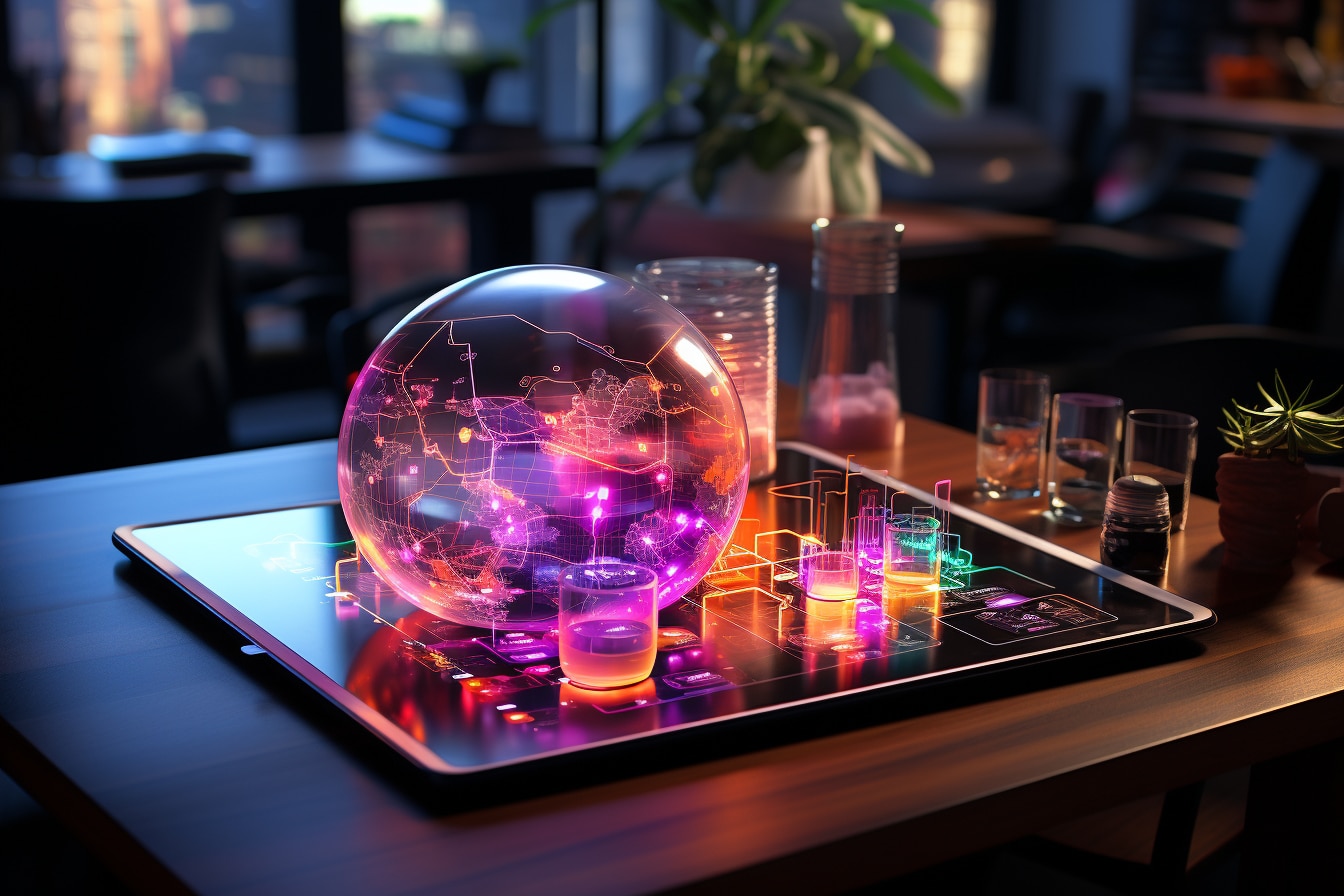The world of work is constantly evolving, and the artificial intelligence (AI) is playing a growing role in this transformation. While some professions are destined to disappear or reinvent themselves, others are still holding out. Graphic designers are among those professionals who seem indestructible, but until when? Can AI really make them obsolete?
Technological developments at the service of graphic design
Over the years and thanks to technological advances, the tools used by graphic designers have evolved considerably. Previously limited to basic software such as Paint, artists can now rely on more complex programs such as Adobe Illustrator and Photoshop to create their work.
More and more powerful software
Over time, these programs have been equipped with ever more advanced functionalities, enabling greater efficiency and precision. For example, today’s vector drawing tools offer a multitude of creative possibilities, enabling graphic renderings of exceptional quality.
Artificial intelligence, a valuable aid for graphic designers?
It’s also worth noting that AI is already beginning to make inroads into the practice of graphic design. Indeed, some online platforms now offer intelligent solutions to assist graphic designers in the realization of their projects. However, this does not mean that these professionals are doomed to disappear.
The limits of artificial intelligence in graphic design
While AI undeniably has its advantages and can make graphic designers’ work easier, it also faces certain limitations that prevent its widespread adoption.
Lack of creativity
Creativity remains an intrinsically human characteristic, even if AI has made significant progress in this area. Indeed, machines are still unable to spontaneously generate new and original ideas without relying on pre-existing data. As a result, they can’t compete with the wild imagination of some graphic designers.
The difficulty of understanding context and emotions
What’s more, it’s essential for a graphic designer to be able to understand the context of a project, as well as the emotions it needs to convey. Yet AI struggles to fully grasp these aspects, as they require a fine-tuned understanding of the cultural and emotional subtleties specific to each situation.
Essential technical and artistic skills
Finally, the practice of graphic design requires mastery of a set of technical and artistic skills that AI cannot acquire. For example, you need to know the basic principles of composition, color and typography to produce quality graphic work. Similarly, the manipulation of complex tools such as Adobe Illustrator requires a certain expertise that the AI does not yet possess.
The future of the graphic design profession in the face of artificial intelligence
In the light of these elements, it’s clear that AI cannot replace graphic designers, at least not in the immediate future. However, this does not rule out the possibility of close collaboration between these professionals and the machines.
Complementarity between man and machine
Far from replacing graphic designers, AI could instead help them optimize their work by providing them with ever more powerful tools tailored to their needs. In this way, professionals will be able to concentrate on the creative part of their projects, while benefiting from technological advances to improve their efficiency and productivity.
The need for adaptation and training
Nevertheless, it’s essential for graphic designers to anticipate changes in their profession and adapt accordingly. Indeed, mastering new technologies and learning AI will undoubtedly be key skills to remain competitive in the job market.
Opportunities for retraining and specialization
Finally, it’s worth pointing out that, faced with the emergence of AI, some graphic designers may need to retrain or specialize in areas where their expertise is particularly in demand. In this way, they will continue to bring real added value thanks to their specific skills and creativity.




